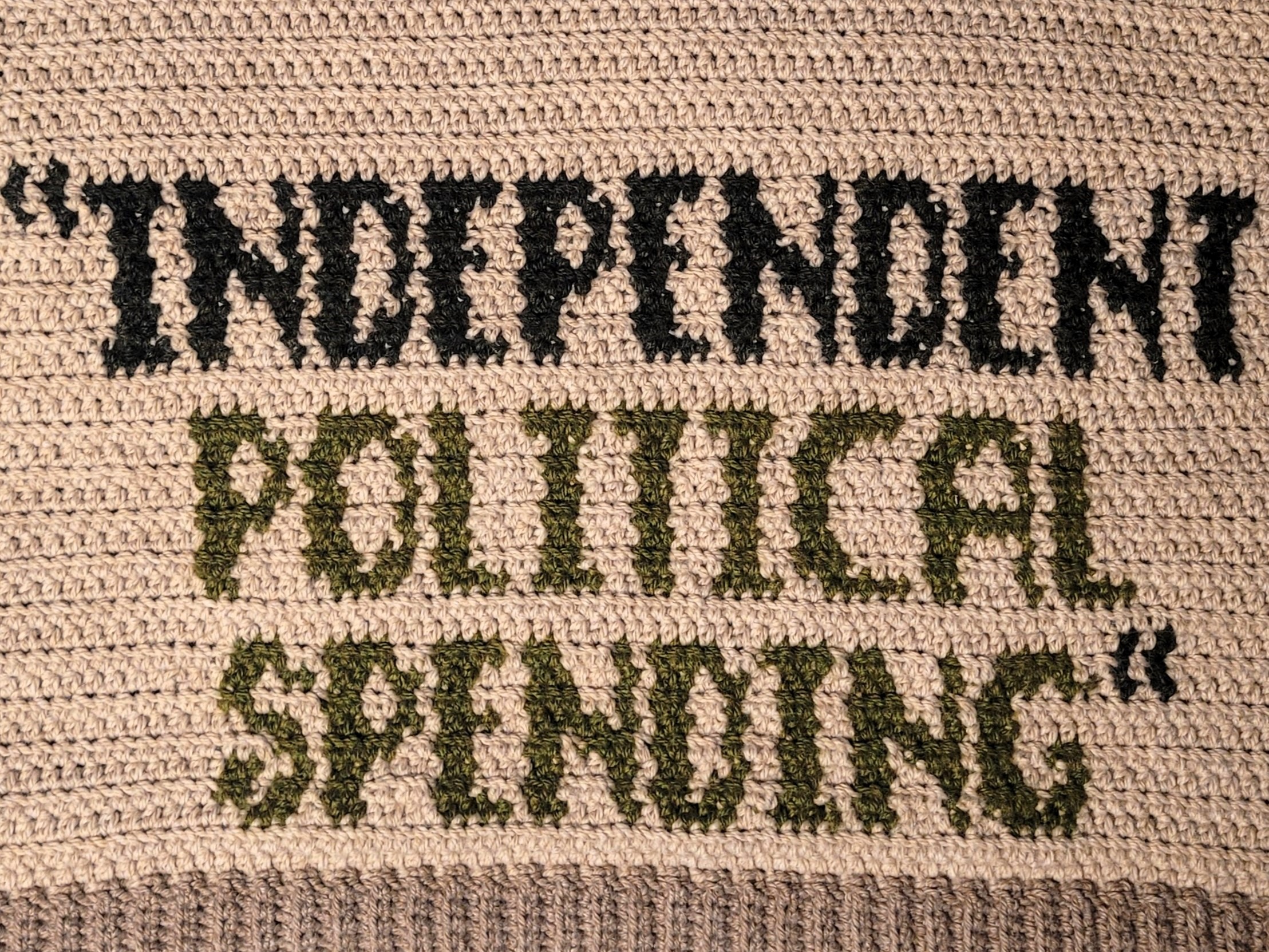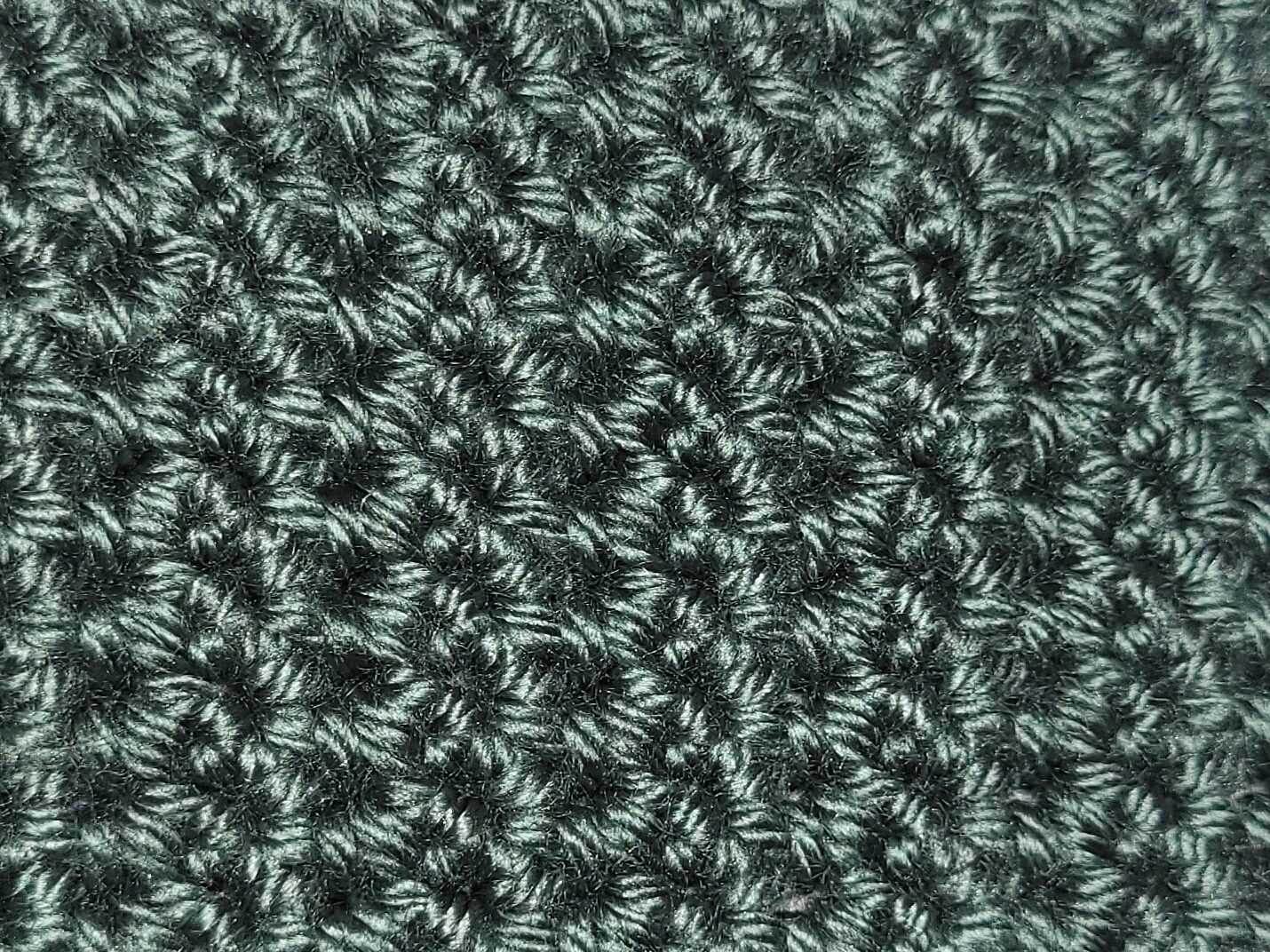
While crafting may seem like just a hobby, people have used their creativity to support social causes for a long time (and for good reason). Crafting is an accessible way to dedicate time to a cause or to build connections within one’s community. It can also be incredibly fun and rewarding.
Crafting and Activism
The term craftivism exists to spotlight this intersection of craft and activism. Coined by Betsy Greer in 2003, the phrase captures creativity’s ability to unite and inspire. As Greer puts it, “the creation of things by hand leads to a better understanding of democracy, because it reminds us that we have power.”
I consider Stats to Stitches a form of craftivism, though someone I spoke to about the project dismissed the phrase. In my mind, craftivism highlights exactly what I want the project to exemplify—the idea that craft can be both personal and revolutionary.
While Stats to Stitches uses crochet as its medium, craftivism includes everything from embroidery to sewing to block printing. Nonetheless, several other organizations and projects focus specifically on crochet and statistics as well. One example of crochet data-visualizations is seen with the Tempestry Project, which focused on climate activism and data. Another is Stitching the Curve, which focused on COVID-19 data during the height of the pandemic.
No matter the medium, however, craftivism covers way more than just data and statistics. It can revolve around images, color, or the power of words to name a few.
An act of craftivism you may have already heard about is the pussyhat. Many people created and wore these hats during the Women’s Marches following President Trump’s inauguration and comments about women’s bodies. While these have since become controversial, with some arguing the concept lacks intersectionality, they represent the way craft can inspire crowds of people overnight as well as how the ideals behind a project can miss the mark. This points to another idea within craftivism, the idea that there must be thought and intentionality behind the efforts.
I created Stats to Stitches to be both an educational and interesting way to show the United States’ history of and relationship with social justice issues. I hope my passion for these issues shine through the writing and work you see throughout the project. If you have questions, comments, or concerns about any aspect of the work, please reach out to me at statstostitches@gmail.com.
Interested in Craftivism?
To learn more about craftivism, I recommend the book Craftivism: The Art of Craft and Activism, by Betsy Greer. How to be a Craftivist: The art of gentle protest, by Sarah Corbett, is another great resource. Both provide numerous examples of craftivism and advice on how to create your own impactful works of arts and craft.
For additional details on how to create your own piece of data-driven crochet, visit Stats to Stitches’ Take Action or Resources sections.
